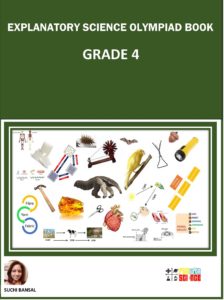LAYERS OF SUN
Home » LAYERS OF SUN

Subscribe to our Newsletter
THE SUN
We see the Sun in the sky during the day.
· The Sun is the brightest object in the sky.
· It is made up of very hot gases.
· It contains no solid materials.
· The Sun is the closest star to Earth, although it is too far away from us.
· No life is possible without it.
· The Sun is the main source of heat and light energy for all living things in the world.
LAYERS OF SUN
The inner layers are the Core, Radiative Zone and Convection Zone. The outer layers are the Photosphere, the Chromosphere, the Transition Region and the Corona.
Inner layer is under study. Here are the details on outer layer:
PHOTOSPHERE:
The photosphere is the deepest layer of the Sun that we can observe directly. It reaches from the surface visible at the center of the solar disk to about 250 miles (400 km) above that. The temperature in the photosphere varies between about 6500 K at the bottom and 4000 K at the top (6200 and 3700 degrees C).
CHROMOSPHERE:
The chromosphere is a layer in the Sun between about 250 miles (400 km) and 1300 miles (2100 km) above the solar surface (the photosphere). The temperature in the chromosphere varies between about 4000 K at the bottom and 8000 K at the top ( 3700 and 7700 degrees C), so in this layer (and higher layers)
TRANSITION REGION:
The transition region is a very narrow (60 miles / 100 km) layer between the chromosphere and the corona where the temperature rises abruptly from about 8000 to about 500,000 K (, 7700 to 500,000 degrees C).
Corona:
The corona is the outermost layer of the Sun, starting at about 1300 miles (2100 km) above the solar surface (the photosphere). The temperature in the corona is 500,000 K (500,000 degrees C) or more, up to a few million K. The corona cannot be seen with the naked eye except during a total solar eclipse, or with the use of a coronagraph.
BOOKS
We have our e-books published on Amazon for Grade 3 and Grade 4. The books serve as an important guide for Science Olympiads organized by SOF, Silverzone, Unified Council and others. Books are designed to help students understand key science concepts.
The key highlights of the book are:
· Well explained topics
· Use of diagrams and images for
students to visualize
· Test exercise after each chapter for self-assessment and evaluation
· Interesting facts sections spread across the book
Here are the links:





